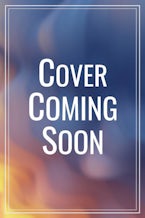Winner of the 2017 Walter Owen Book Prize The clash of the scientific and legal cultures in the courtroom, though theoretically directed at finding the truth, is marked by tension. Forensic science — science applied to the legal context — advances rapidly and has undergone dramatic changes in recent years. In contrast, the law embraces finality in administering justice and struggles to change with evolving scientific knowledge. Improving the scientific literacy of the legal community, however, may help to mitigate this tension.
To that end, this guide provides criminal lawyers, defence and Crown alike, with a macroscopic view of multiple forensic science disciplines, specific to the Canadian legal system and written by Canadian experts. Facilitating further case-specific research, this guide seeks to reinvigorate dialogue and improve collaboration between the forensic and legal communities in Canada, and contribute to the effective functioning of a fair and reasonable criminal justice system.

